Angel babies aren’t uncommon in art history. The putti (singular, putto) were mischievous little characters that some of the greatest Western artists loved to adorn their work with. They’re chubby, sometimes winged, and pretty much always sassy. In religious paintings (such as Domenichino’s The Last Communion of St. Jerome [c. 1614]), they’re often winged and presented as angels, though they were used routinely in non-religious paintings (such as Rubens’ The Presentation of the Portrait of Marie de’ Medici [c. 1622-1625) as well as cupids or allegories of love.
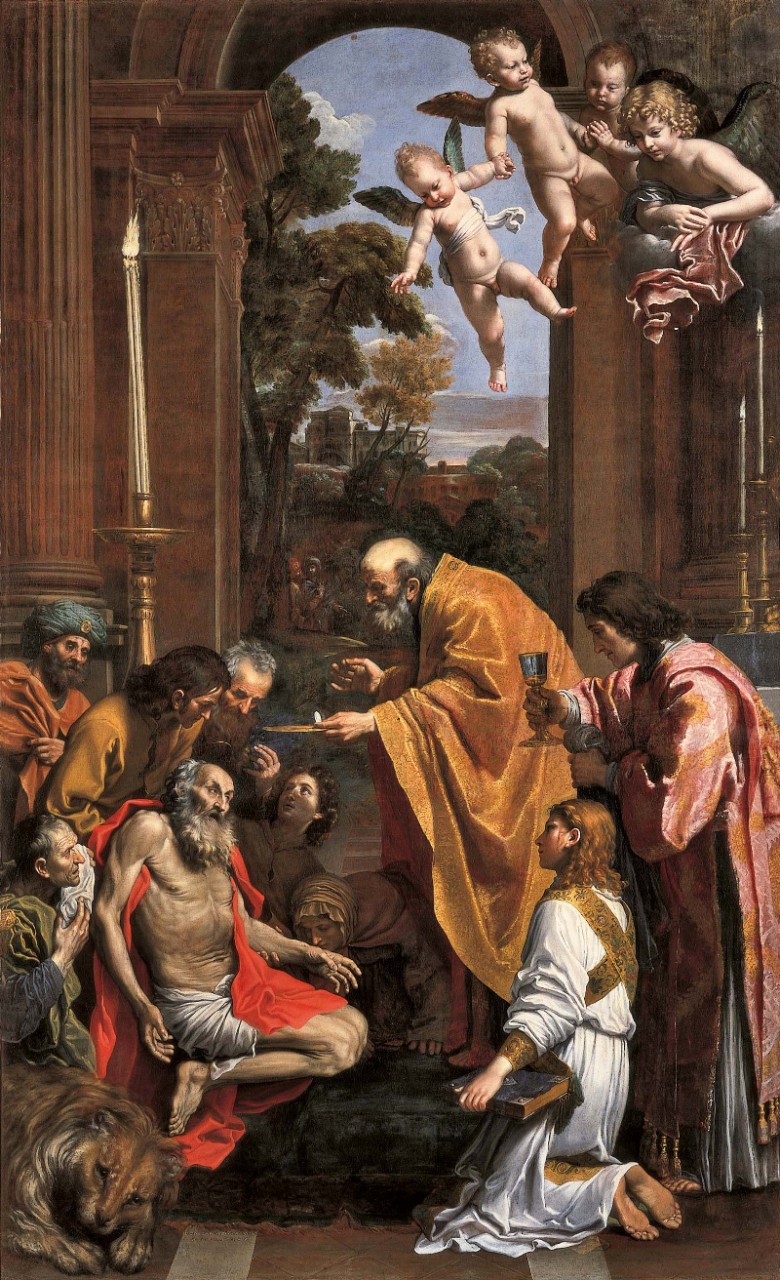
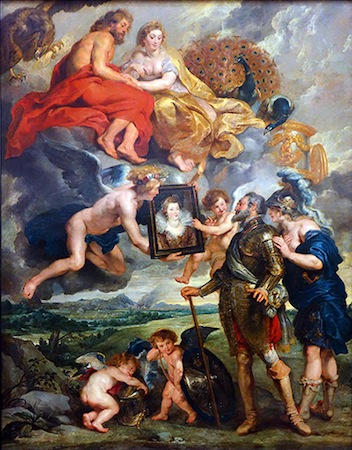
But as everyone in the art history community knows, the best kind of putto is a disembodied one. That’s right–a disembodied baby head just floating around, generally just flying there with some wings. While this author is not 100% sure why some putti or cherubs are shown as full-bodied and some are just floating heads (though it may have something to do with the class of angel [i.e. cherubim, serpahim, etc.–there’s a hierarchy] or [perhaps] something to do with visual rules regarding the depiction of such [possibly after the Council of Trent*, which set some rules for artists painting religious subjects for the Church), it’s safe to say that they make for some of the more entertaining pieces of art in the western tradition. Here are eight of our favorites.
Paolo Veronese, Adoration of the Magi, 1573.

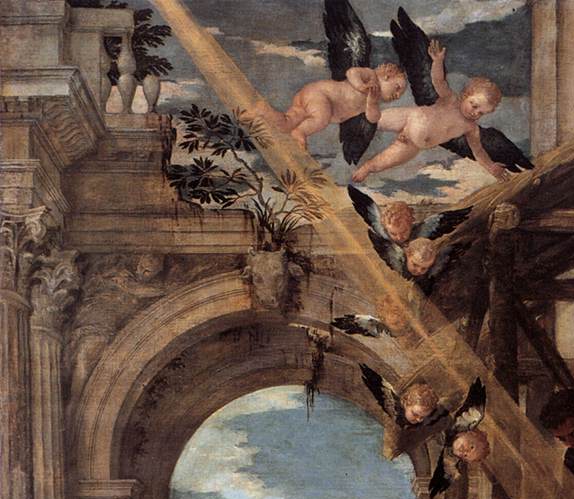
Oh, Paolo. First the goin’-up-on-a-Tuesday-style Feast in the House of Levi, now this. You’re truly one of the Mannerists’ finest. See how the holy light transforms the putti/cherubs into simply heads with wings. Magnificent.
Annibale Carracci, The Assumption of the Virgin, 1601.
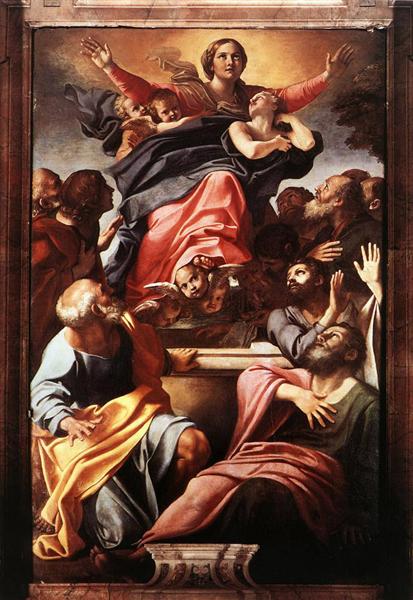
Not sure why, exactly, Mary needs to be supported by baby heads…? The fact that she looks 100% done with everything, coupled with her outstretched arms, completes the feeling of boy, bye as she ascends into heaven.
Francesco Botticini, Virgin and Child in Glory, with Saint Mary Magdalene, Saint Bernard, Angels, Cherubim, and Seraphim, c. 1485.
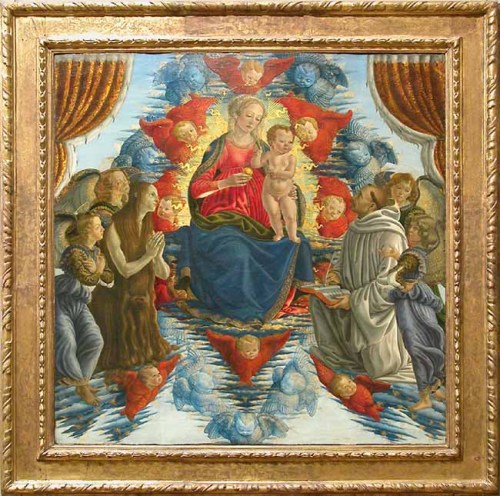
Ah yes, an early example of flying baby heads. Note how they ring the holy Mother and Child, bird bodies at the ready. This version of the baby heads may hint at the different-class-of-angel bit, given the title. Still excellent.
Simon Vouet, Assumption of the Virgin, 1647.
Are flying baby heads a prerequisite for depicting the Assumption? Asking for a friend. These flying baby heads fade away just so into the distance, almost like those 80’s portraits seen in Awkward Family Photos (like this guy).
Giovanni Battista Tiepolo, The Trinity Appearing to St. Clement, 1730-35.
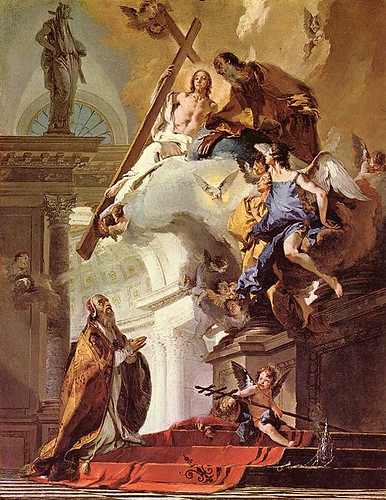
I LOVE HOW THEY ARE SUPPORTING THE CROSS WITHOUT HANDS.
Giovanni Battista Tiepolo, The Annunciation, 1765-70.

Yea, they are borne aloft like dust in the wind. All we are is dust in the wind…
(Attributed to) Domenichino, Assumption of Mary Magdalene Into Heaven.
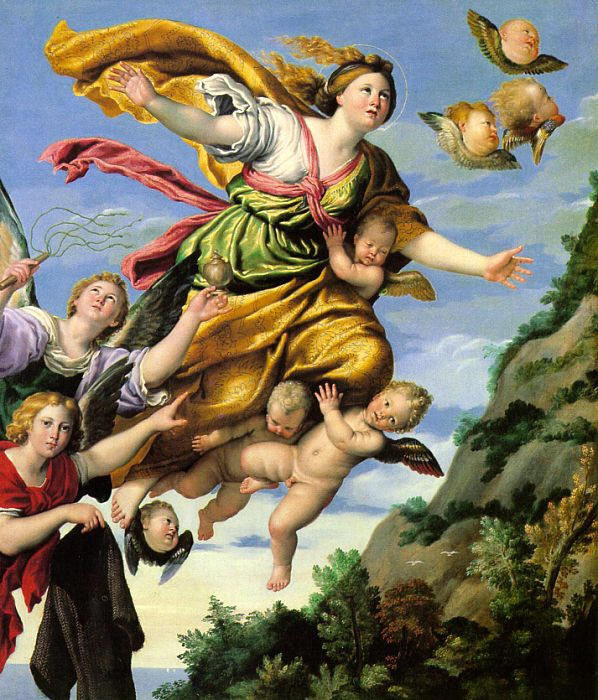
Are flying baby heads a prerequisite for depicting any Assumption? Asking for a friend.
Sir Joshua Reynolds, A Child’s Portrait in Different Views: Angel Heads. 1792.

This was more of a study rather than a religious painting, as it was done by English artist Sir Joshua Reynolds much later than anything else on this list. Which makes it almost more creepy.
* (Most of the paintings featuring said baby heads/cherubs/putti are post-1563, when the Council of Trent ended. That’s why I’m postulating that the Council set up some guidelines that may have led to the proliferation of baby heads/cherubs/putti in some areas and in the work of some artists. They’re most common in the work of both Mannerists and Baroque artists, who seemed to LOVE disembodied baby heads more than other periods.
[And now for something completely different: An absolutely parenthetical side note of how I imagined artists deciding to paint angel baby heads.]:
Painter 1: Hey, what if we just
What if we just did the little angels without the bodies
Painter 2: What
Painter 1: Yeah. I mean. It’s not like they need them.
They’re angels.
They can handle it.
It’s not like people will be creeped out.
The little angel babies will be even better
Even more holy
If we just took their bodies away.
Painter 2: Wow.
Painter 1: Like yeah then the Painting Patrol Guys that told off Veronese can’t even be mad at us for messing up the angel babies Or for not having them swaddled in clothes or anything
Because guess what.
They won’t have bodies, that’s what.
It’ll just be their heads.
Who gets mad at just an angel baby head?
Nobody, that’s who.
Painter 2: Genius. )
We do much more than just admire Renaissance cherubs. Or putti. Check out more about the Art Docent Program here.
Dying for more art history geek stuff? Check out our past blog posts here.
Don’t forget to comment and share your new knowledge of flying putti/cherubs/baby heads!







